- with variants comprising of one, two or three pins. When assessing the 'Sai' as a weapon, Chinese language sources talk of 'weaponised' hairpins expertly used by specially trained women. These hairpins were sharpened at the point and/or down the shaft, and were thrown into an opponent's body (like a knife) from a distance, or used to pierce pressure-points at close-range. If the Okinawan 'Sai' originated in China it could have evolved from the 'weaponised' hairpin rather than a farming implement.
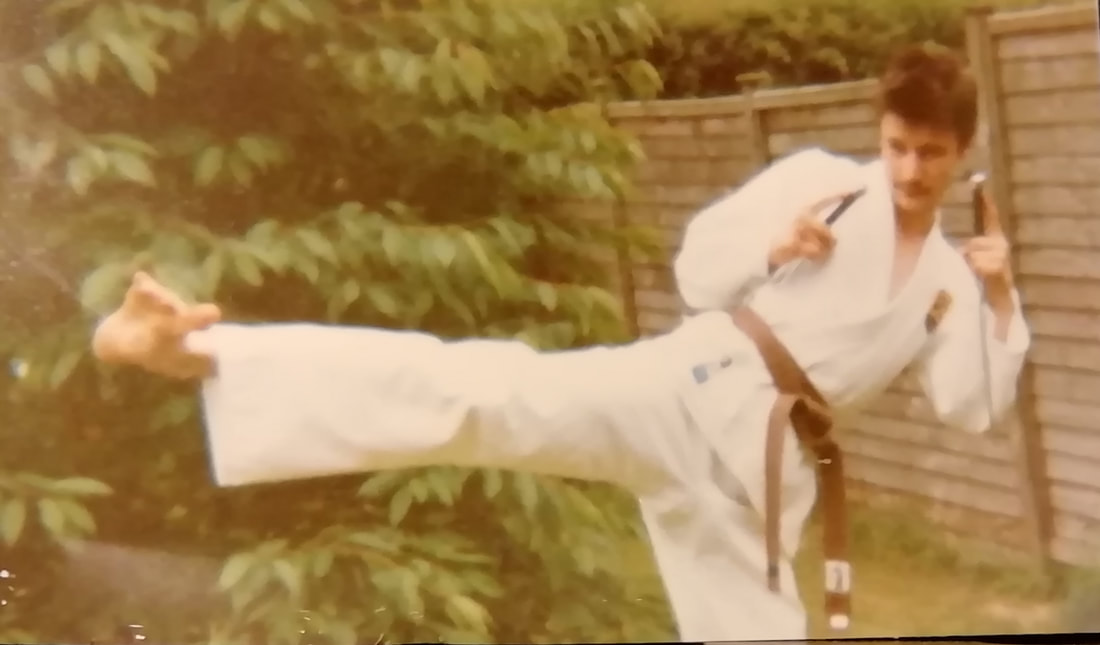
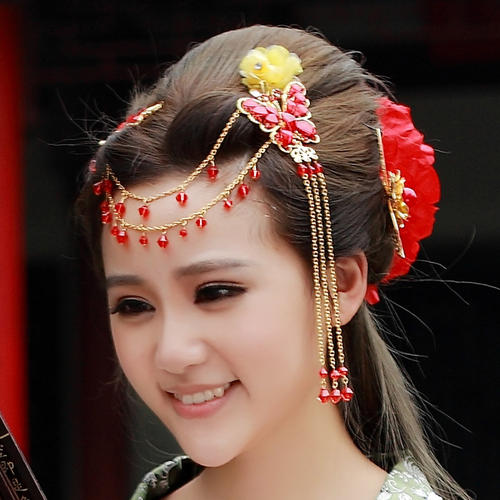
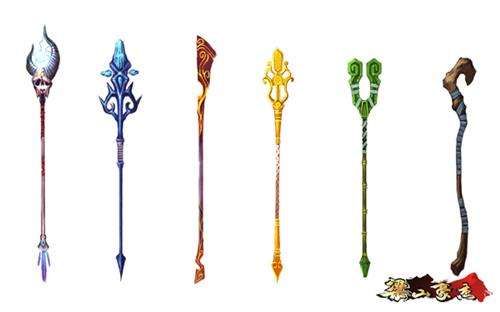
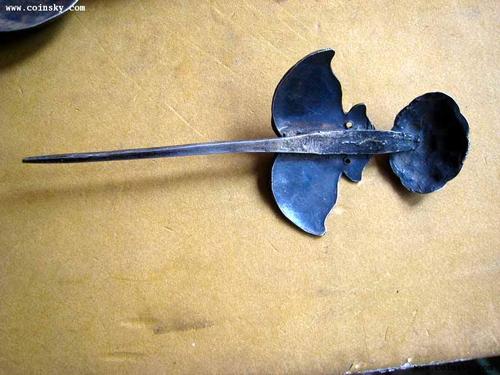
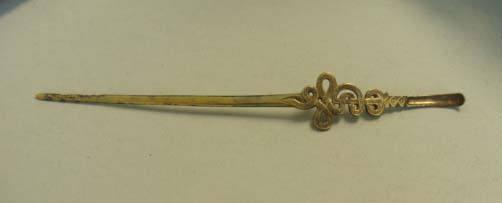
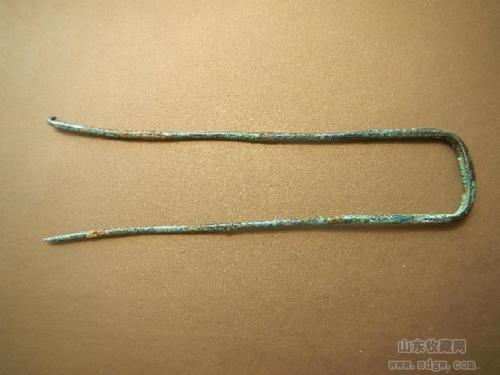
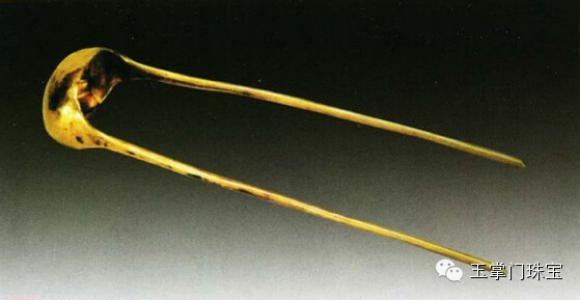
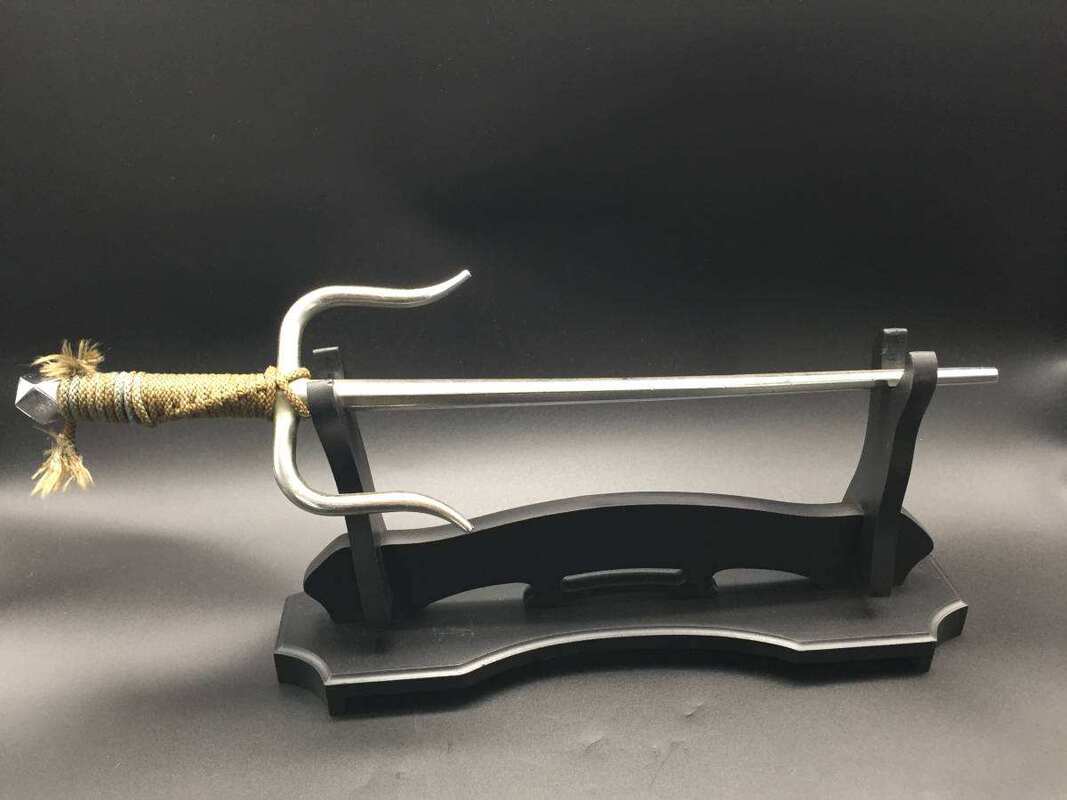
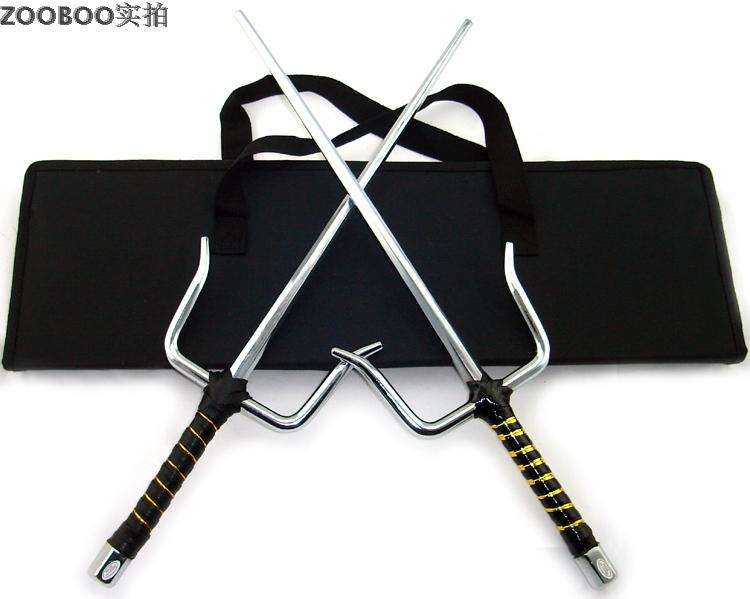
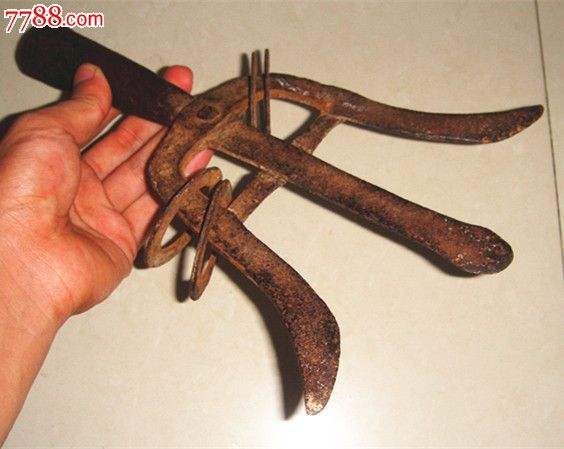
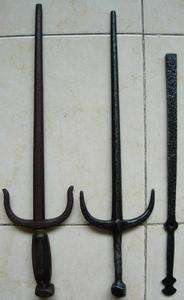
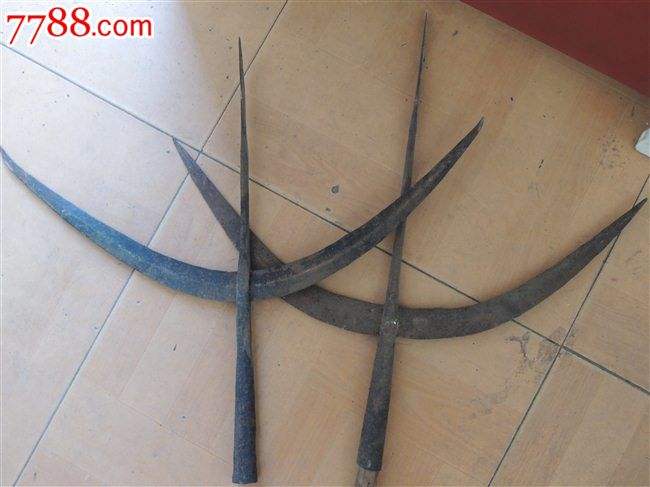
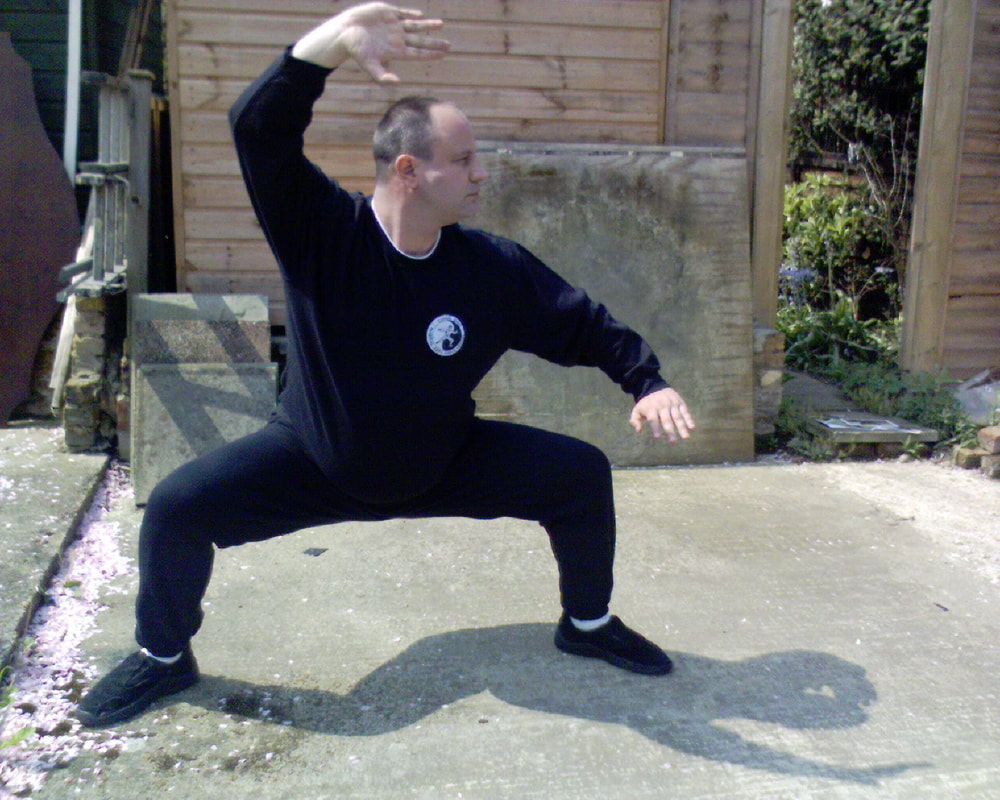
 RSS Feed
RSS Feed